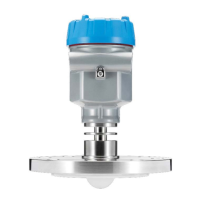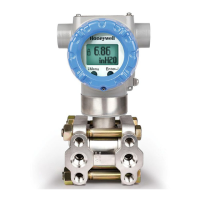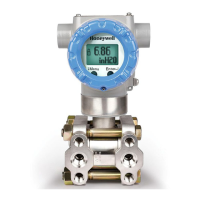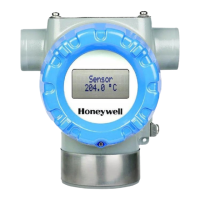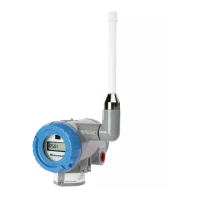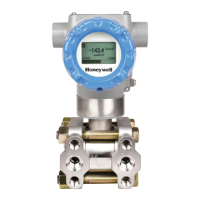To calculate your probe’s torque due to fluid motion use the following formula and check it
against the torque limits in Table 3-9 and Table 3-10.
Example torque calculation for 8mm rod probe:
Friction factor (c
d
) 0.9 (turbulent flow – High Reynolds number)
Density (ρ) 1000 kg/m
3
(water)
Probe diameter (d) 0.008 m
L
f
= L (worst case)
These values yield the torque curves in Figure 3-7: Example bending torque values. For
example, if the 8mm rod probe is a total length of 4m (two 2m segments) then by checking
Table 3-9 you find probes with 2m segments have a torque limit of 4.0Nm limit, which will be
exceeded if fluid velocity is 0.4m/s, therefore you would need to use a coaxial or wire probe
instead. If the same 8mm rod probe is angle mounted then the limit is half of 4.0Nm, or
2.0Nm, therefore fluid velocity of 0.3m/s exceeds this limit.
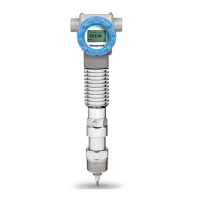
